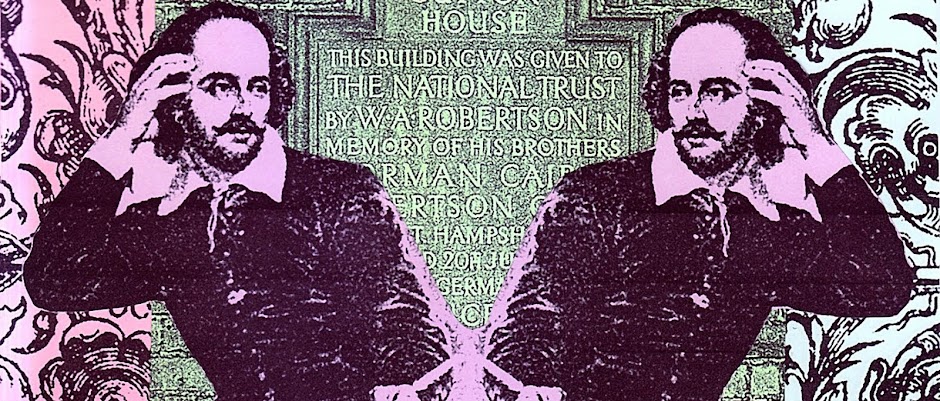Curating narratives of people with marginalised identities presents a series of challenges, especially when those people have intersecting marginalised identities. Alongside those challenges come great opportunities for transformative and radical curating; for subliminal activism that can educate, enlighten and wave the flag for pride, and for social justice. In Twilight People two worlds meet in a peaceful and powerful crescendo, that challenges and undoes the notion that trans and gender nonconforming identities are inherently at odds with faith, and that indeed gender identities can be affirmed, discovered and renewed through religion, and that religious identities too can be reinvented, strengthened and celebrated through gender diversity. Twilight seemingly represents an in-between place, but this exhibition aims to show that a trans journey is not necessarily about a start point and a finish point, a before and after, but rather that the transformative moment of Twilight can indeed be the destination itself.
Curators have a great responsibility. In highlighting the fluid and non-binary natures of faith and gender identities, it is essential to allow the subjects of the exhibition to have their voices at the forefront of the exhibition. Oral history allows this, and museums and archives are increasingly realising that aside from being interesting and engaging sources of his-and-herstory, that oral histories serve a political purpose in filling in the gaps in historical records that so often exclude diverse voices. The theme of Twilight People is Body and Ritual. My own expectations of the stories we collected, and the beautiful portraits, were that they would highlight the trans body, and the ritual of faith, but they also uncover bodies of faith and rituals of gender. The subjects of the exhibition are not merely subjects, through their generous participation and sharing, they are stakeholders of an important landmark in queer exhibitions, co-curators, activists and educators.
Here are some photographs from the exhibition:

Marie and James from Roundhouse Radio worked in collaboration with young volunteers and SOAS radio to create a beautiful sound piece from the oral histories which will hopefully be available online soon. Here is James modelling the headgear from the public launch:
A huge thanks to everyone who worked on the project, but especially to the pioneering Surat-Shaan Knan, who is breaking ground with every project he embarks upon (also, highly recommend Through a Queer Lens at the Jewish Museum which he and Ajamu collaborated on). I had the pleasure of listening to Surat-Shaan's oral history in full and feel privileged to have heard it, one of my favourite moments is when he is discussing the intersection between his Jewishness and his gender identity, and he says "it couldn't be one or the other, it had to be both", which I thought beautifully captured the exhibition for me (and inspired the title to this blog post!). Massive thanks also to Charlotte Kingston, the lead curator, from whom I've learnt so much, both about curating, and about how to be an amazing ally. Huge love to both!
The exhibition runs until the 5th of March, I hope you are as moved, enlightened and excited by these stories and images as I have been.






